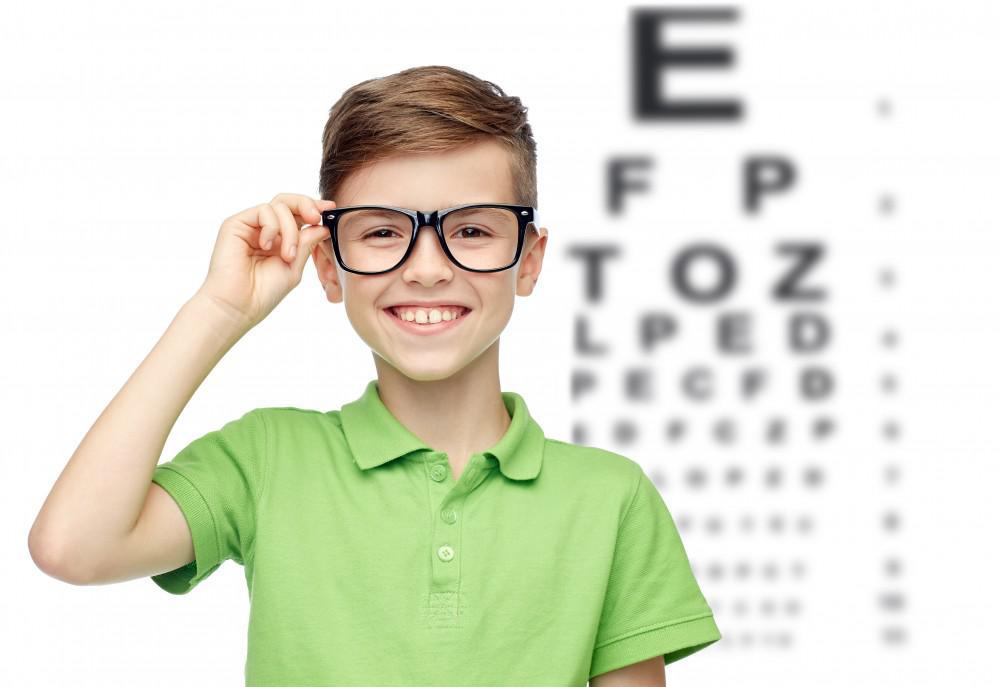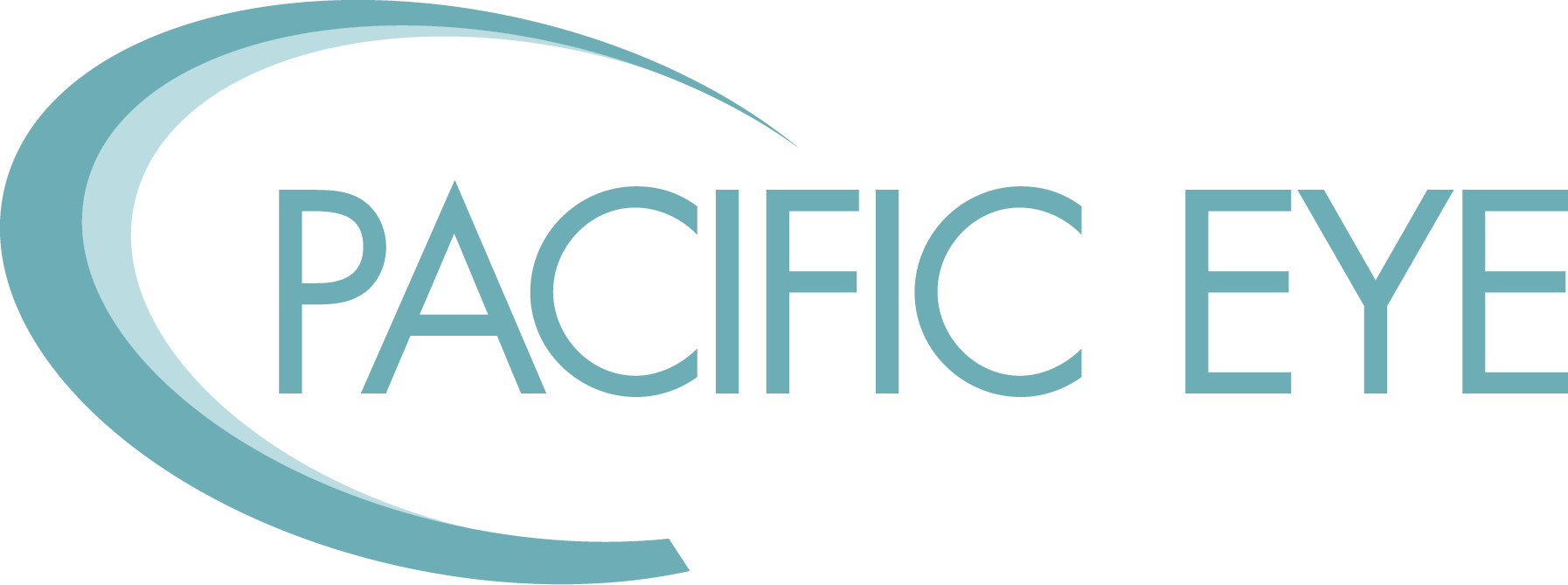
Children don’t always realize they have a vision problem. They believe the way they see is the way everyone sees. But impeccable vision is critical to children’s ability to function in school. They need good eyesight to see the chalkboard, to use computers, and to read and write. Children with poor vision also may find athletic activities unpleasant as their performance isn’t up to par.
Because kids don’t always know why they’re struggling when they have vision problems, it’s important for you, as a parent, to be attuned to the signs of vision issues in your child.
Signs your child has a vision problem
Your child may exhibit signs that indicate a vision problem. You may not associate them with poor vision unless you’re aware.
For example, if your child is complaining of frequent headaches or has a short attention span, it may be just because they can’t see well and it hurts to focus. They may avoid reading or doing other close-up activities altogether. They may sit very close to the television, or you may find your child loses their place when reading.
Frequent eye rubbing or blinking, an eye turning in or out, or seeing double are other signs. Watch your child for vision problems if they tilt their head to one side, cover one eye, or hold reading materials close to their face. Your child’s teacher may also bring these issues to your attention. If the teacher tells you your child has asked to sit at the front of the classroom, you may suspect vision is involved.
Worsening school or athletic performance can indicate a problem. If vision problems run in your family, you may suspect it in your child when you see a lack of focus or trouble reading.
If your child exhibits any of these symptoms, schedule an appointment with Pacific Eye. The sooner you get a vision problem diagnosed and treated, the less likely your child is to experience difficulties with school work or other endeavors.
Eye screenings
An eye screening can be an important part of your child’s routine pediatric check-up. This ensures you’re always on top of your child’s vision, even if you miss signs of a problem. We offer these screenings at Pacific Eye, and if we detect a problem, we do a more in-depth exam and may offer an eye patch, eyedrops, or prescription lenses.
In most people, vision continues to develop and change through the ages 6-20. Even if your child doesn’t have a vision problem, they benefit from yearly screenings. They may require more frequent visits if they show signs of or are diagnosed with a vision problem. With myopia in kids, for example, changes can happen frequently and eventually stabilize as they age.
At Pacific Eye, we provide screenings and care for vision problems in all ages, and we can fit your child for glasses if necessary to help them better experience their world. Call one of our locations or schedule a consultation using this website.







